Leonardo da Vinci, Master Of Art And Science
16:28 minutes
For anyone who has seen Leonardo da Vinci’s “Mona Lisa,” you know that it holds your attention longer than most portraits. The slight smile and the sideways glance gives a glimpse into her inner psychology. To accomplish this allure, the artist carefully engineered the iconic portrait by meticulously studying the muscles and nerves of the face.
[This artist infuses her work with scientific data.]
Leonardo da Vinci may be best known for his artistic masterpieces, but he was also an accomplished engineer and scientist, filling over 7,000 pages of notebook entries with his observations. In his new book, Leonardo da Vinci, author Walter Isaacson explores da Vinci’s investigations of everything from engineering theater set pieces to detailed drawings of the human heart. Isaacson shares how da Vinci combined the arts and sciences to create his masterworks.
Read an excerpt of Isaacson’s new book here and view a selection of da Vinci’s notes and artwork below.
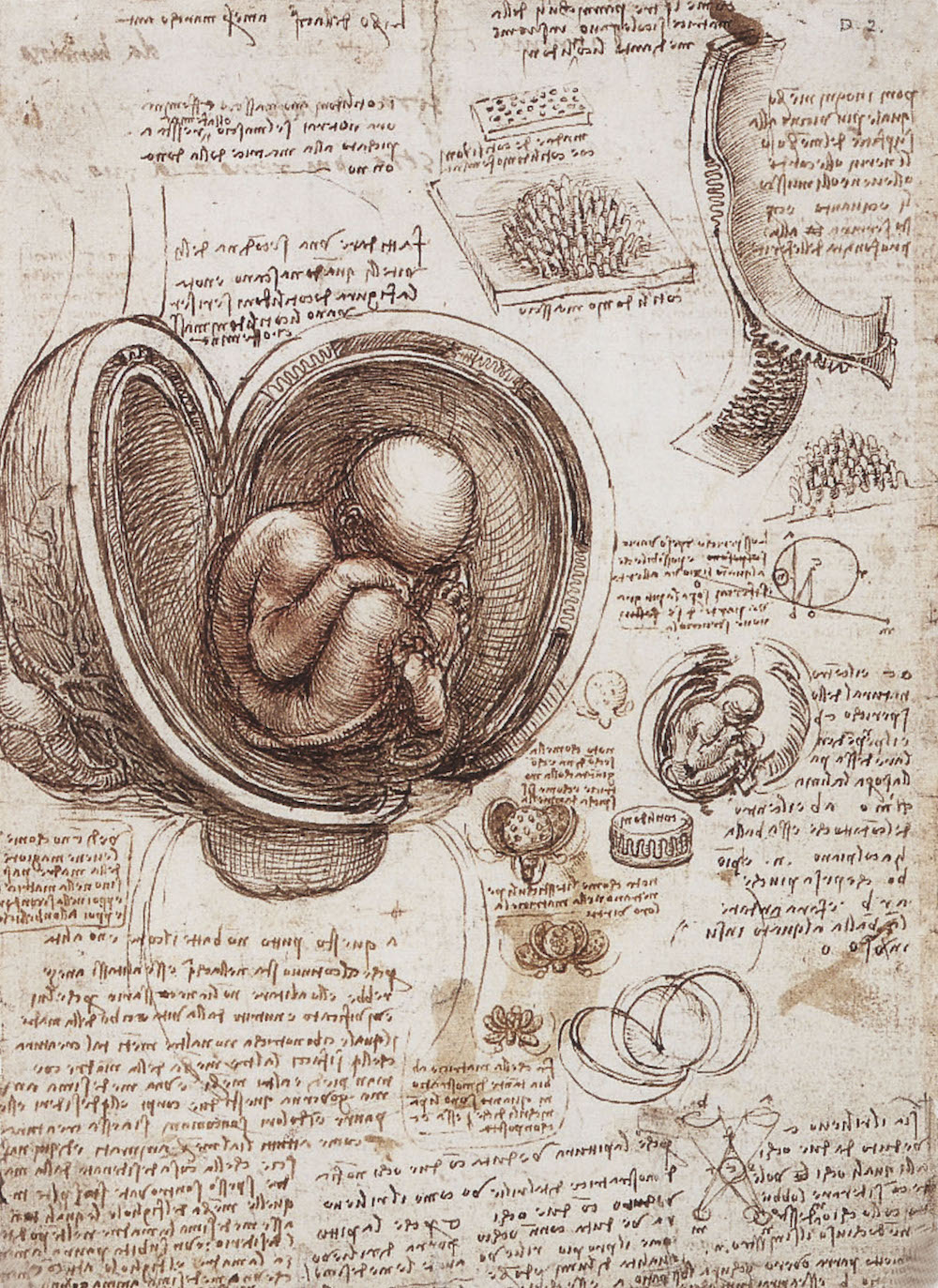
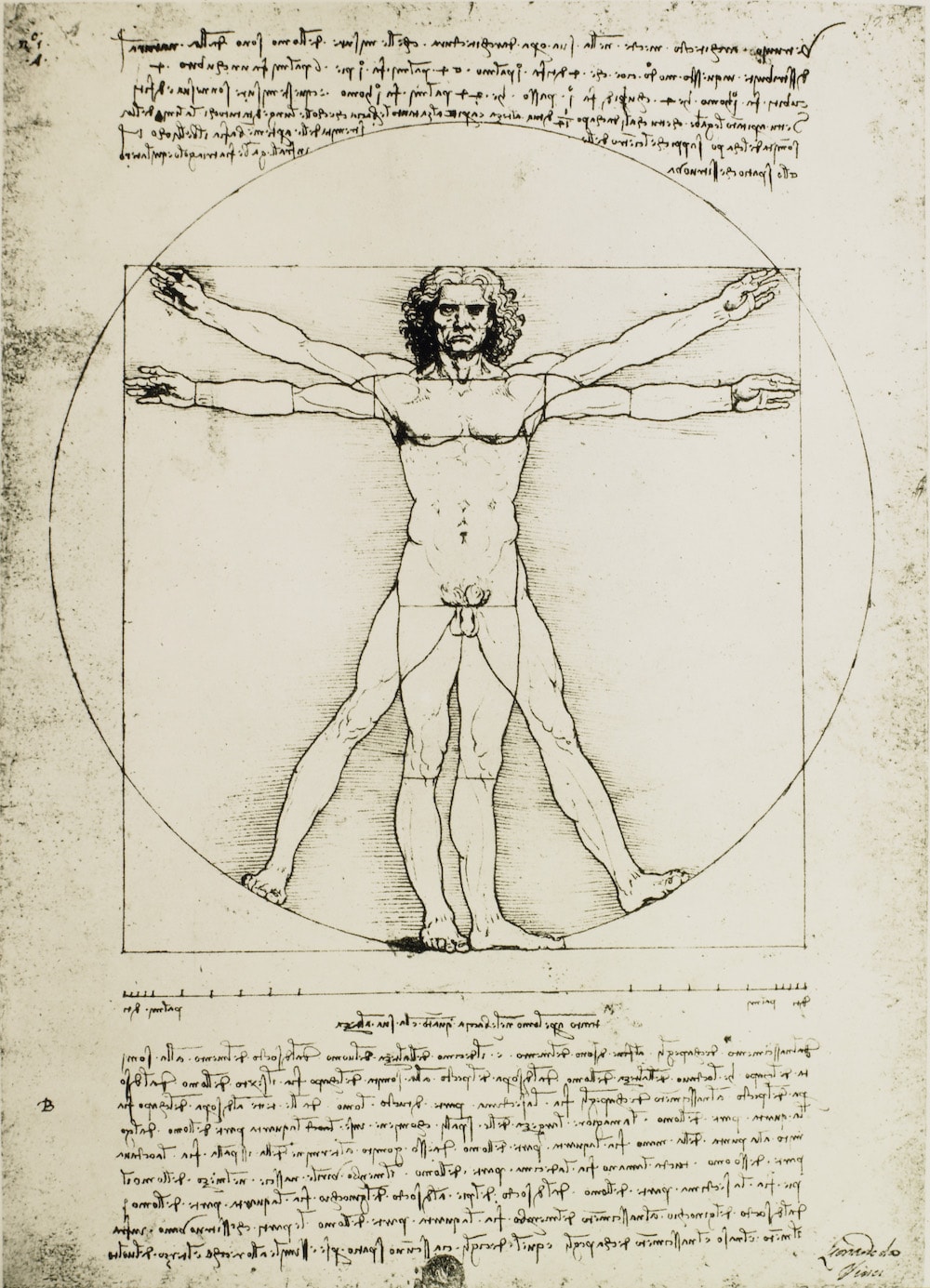
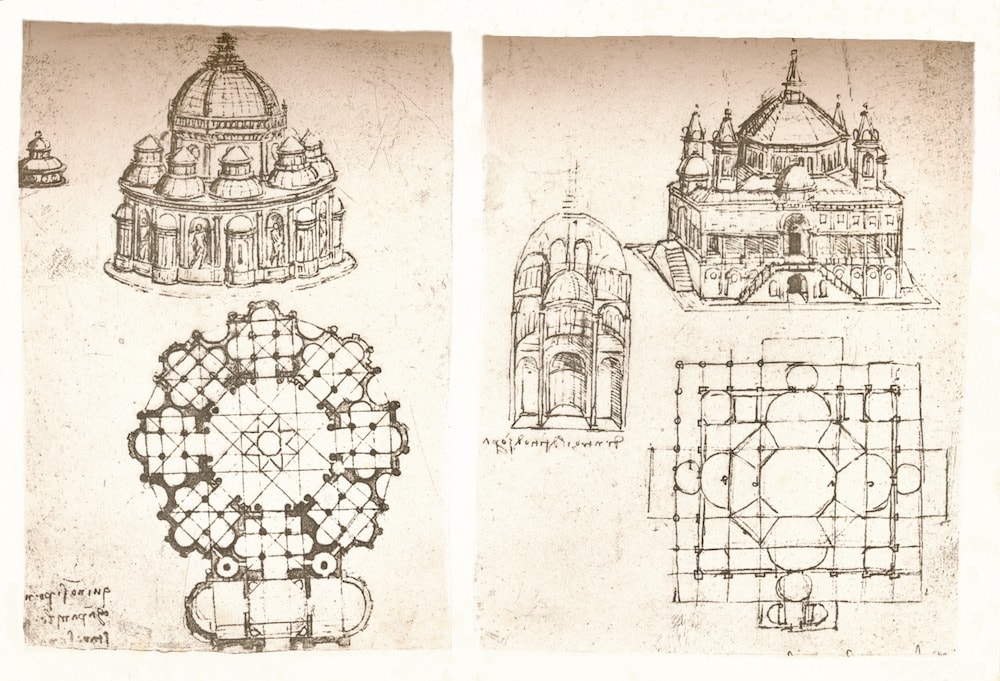
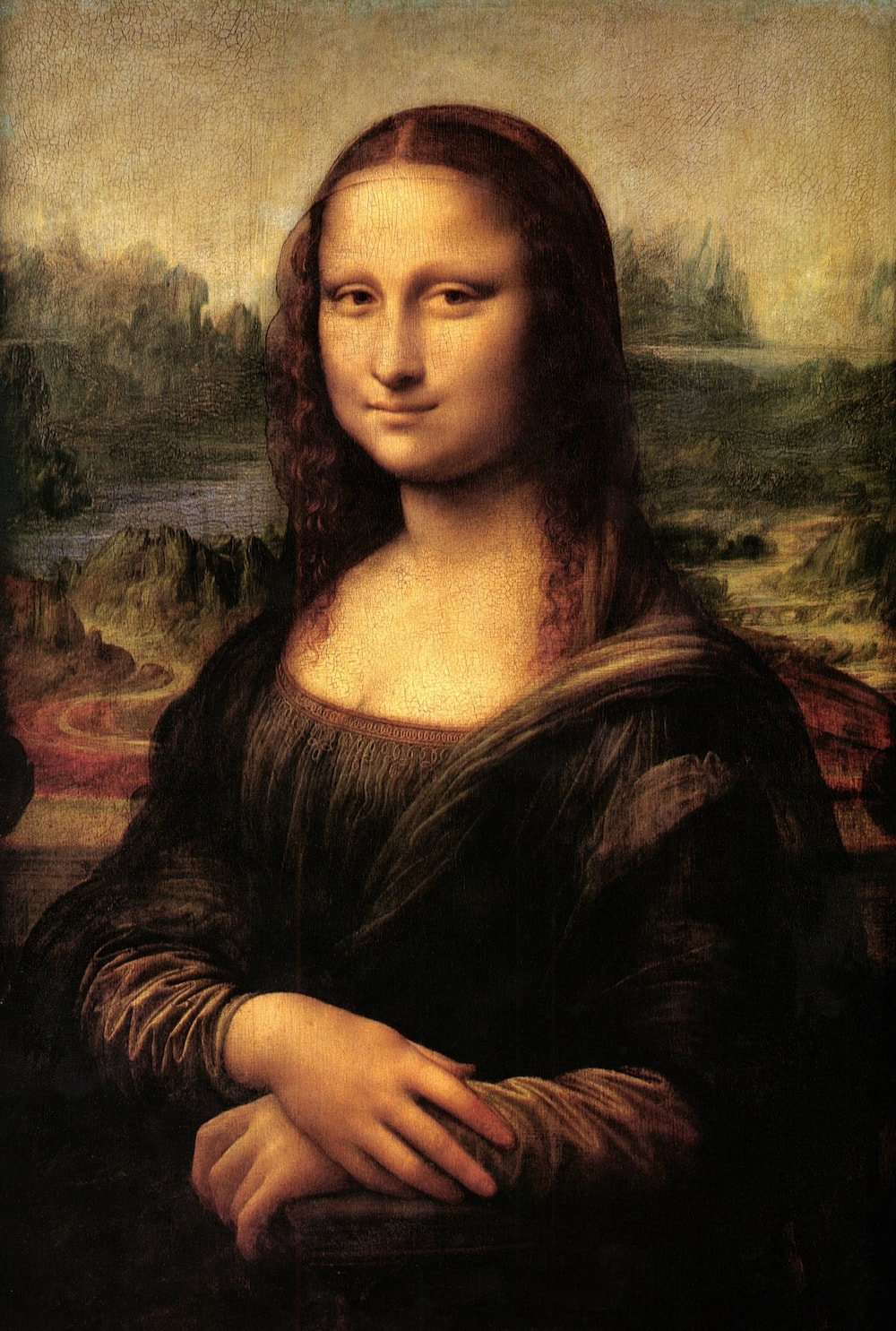
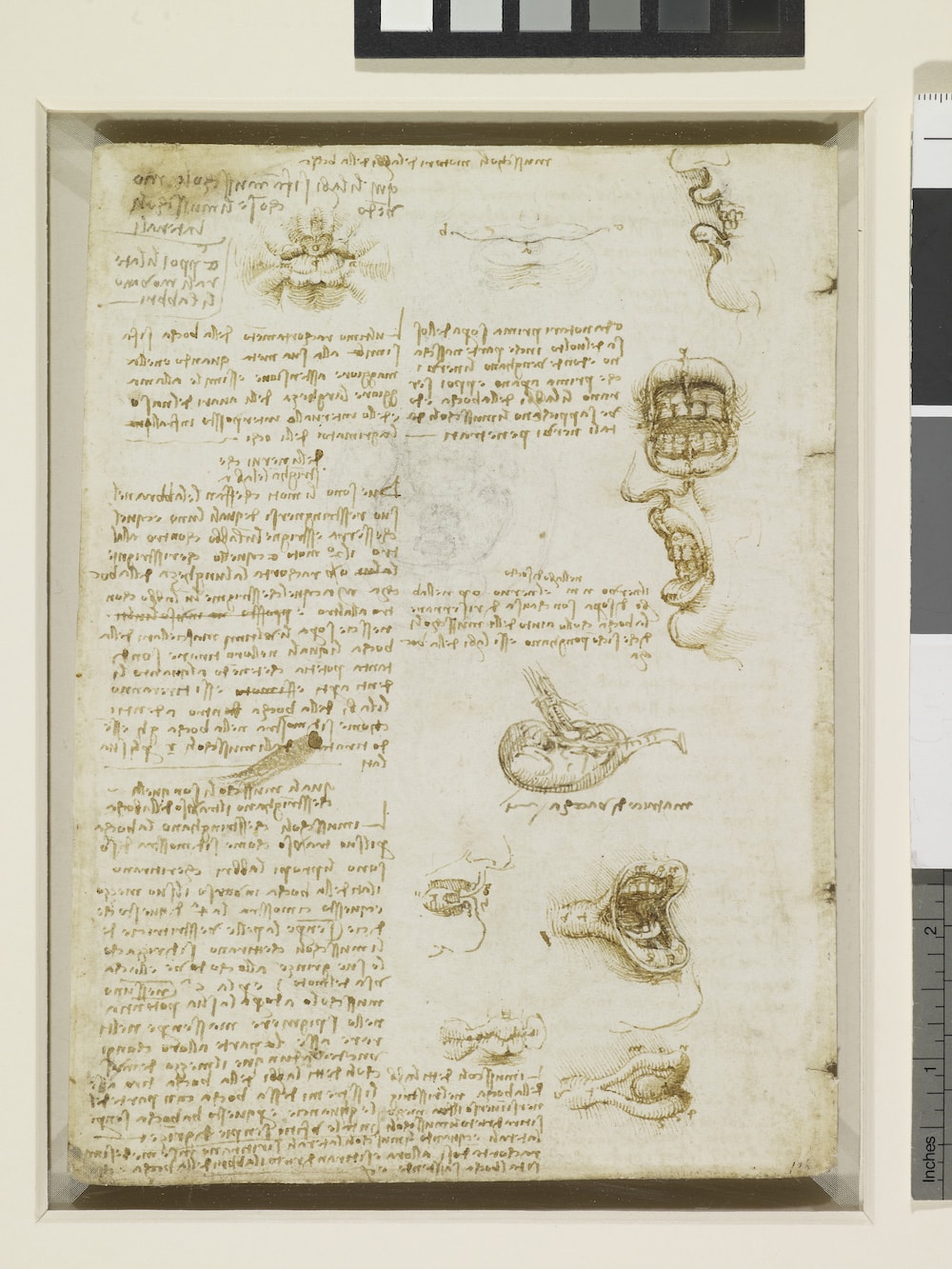
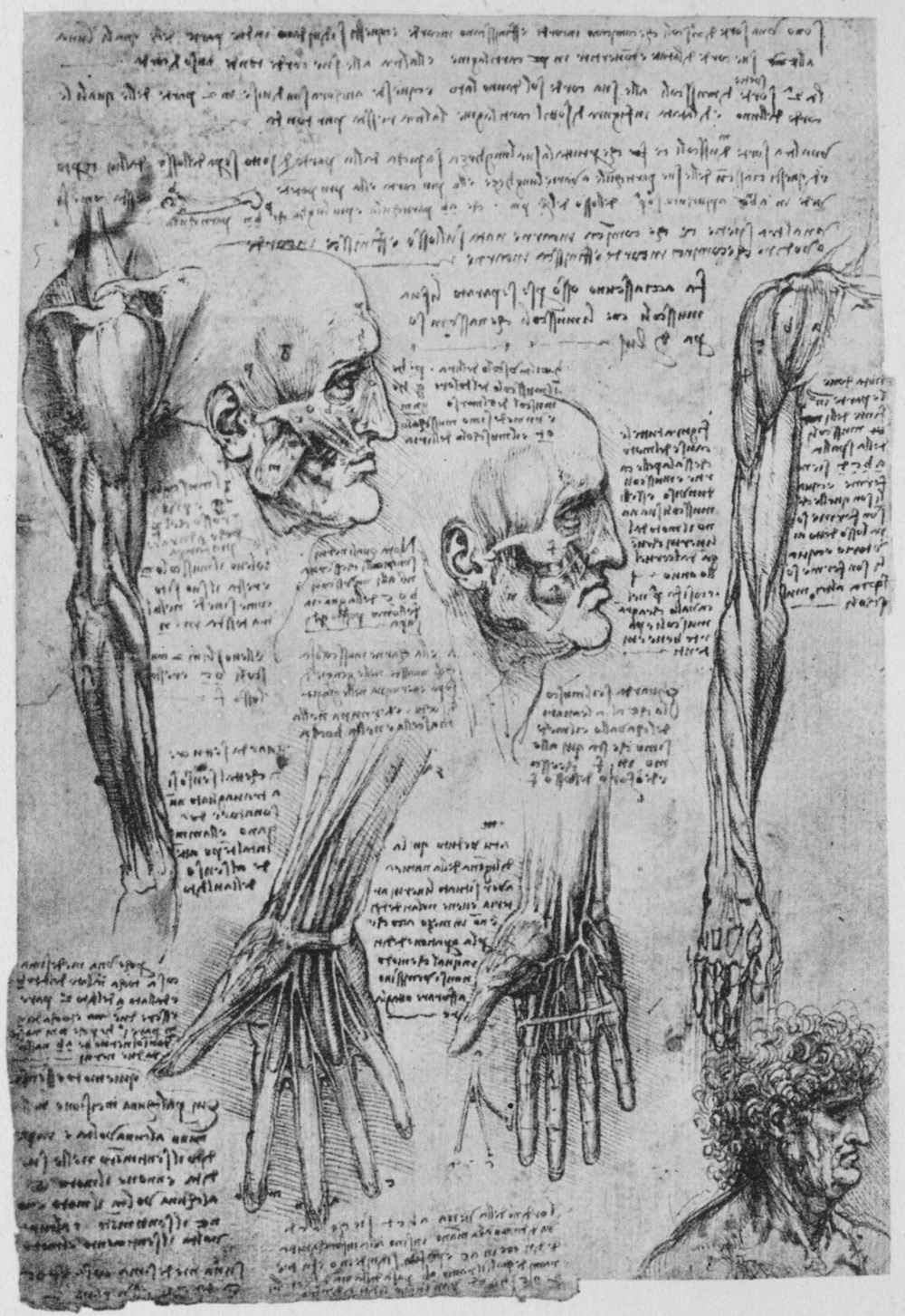
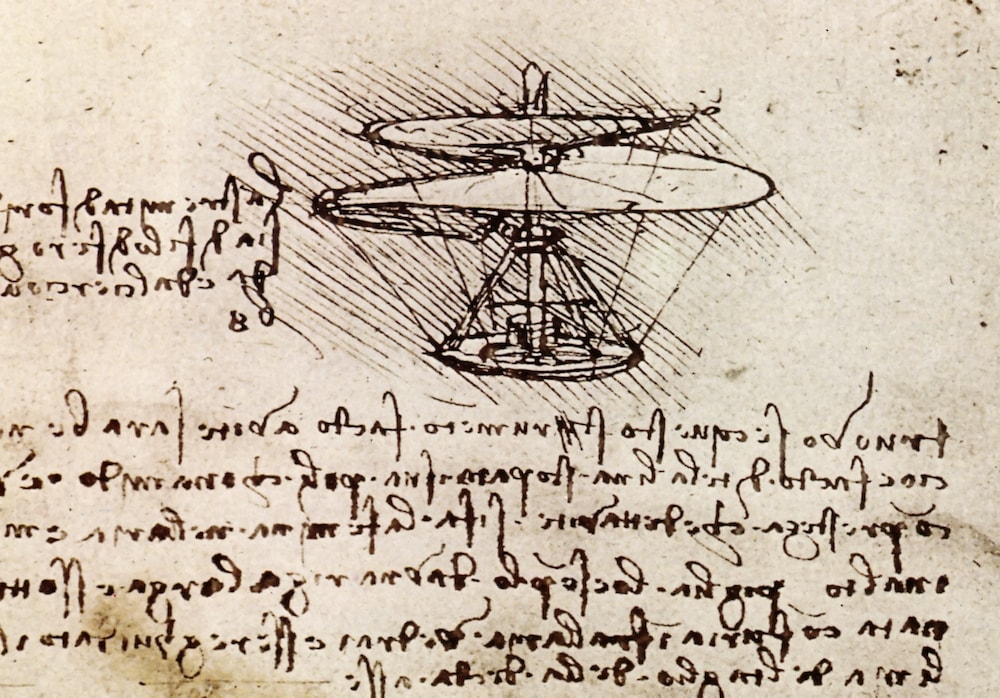
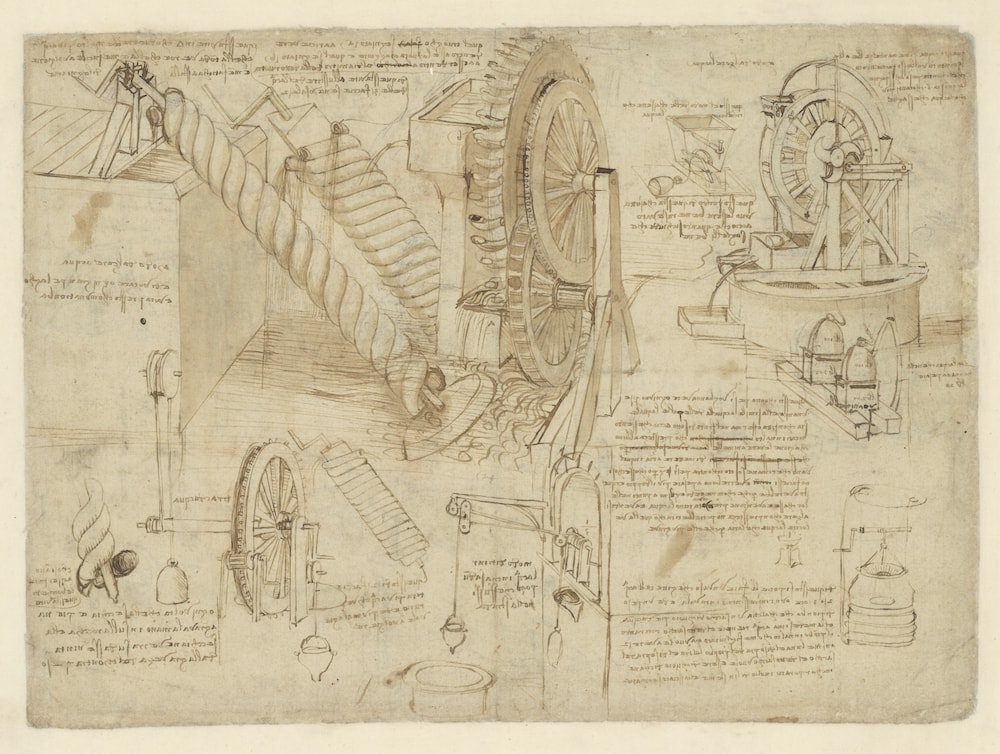
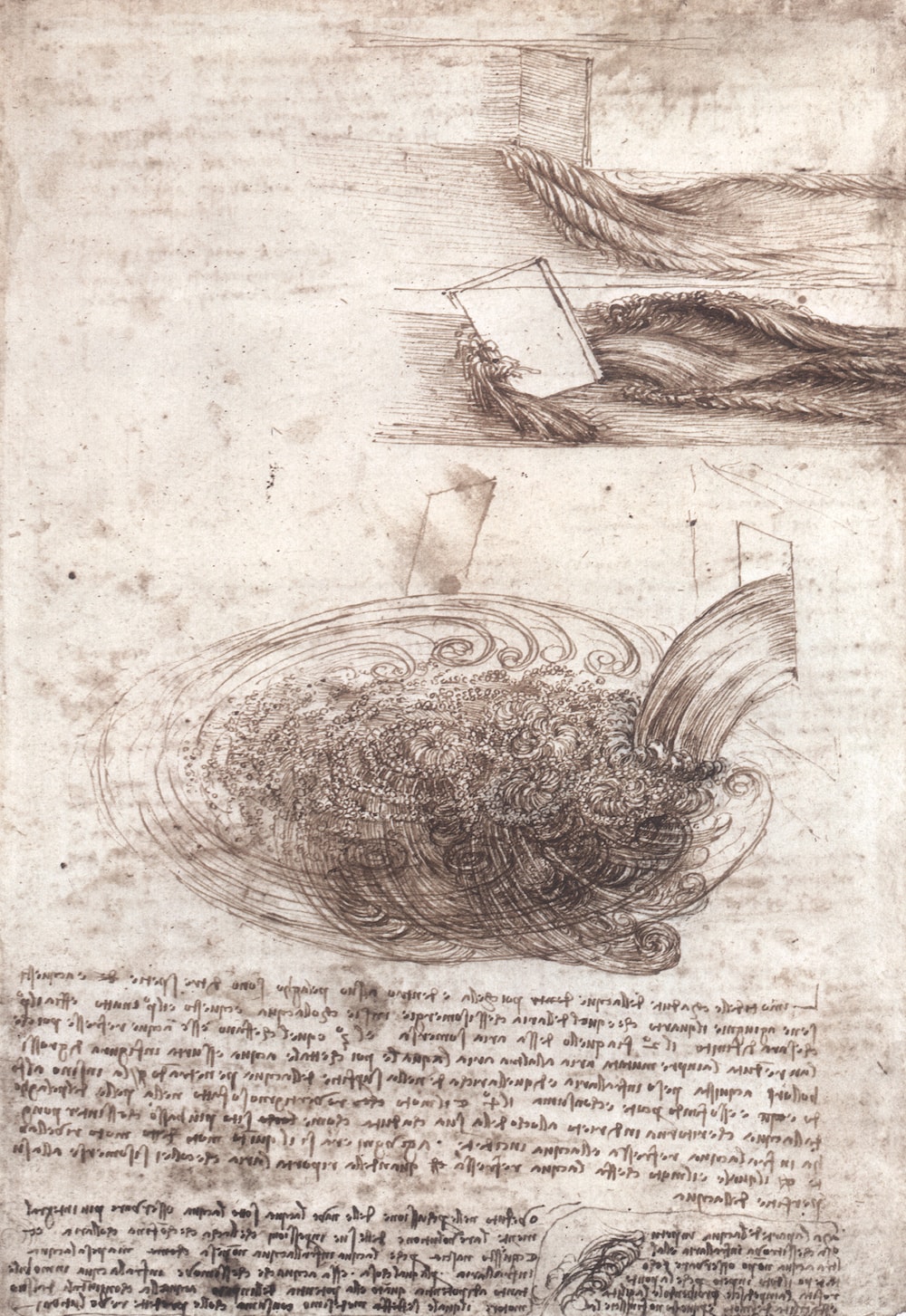
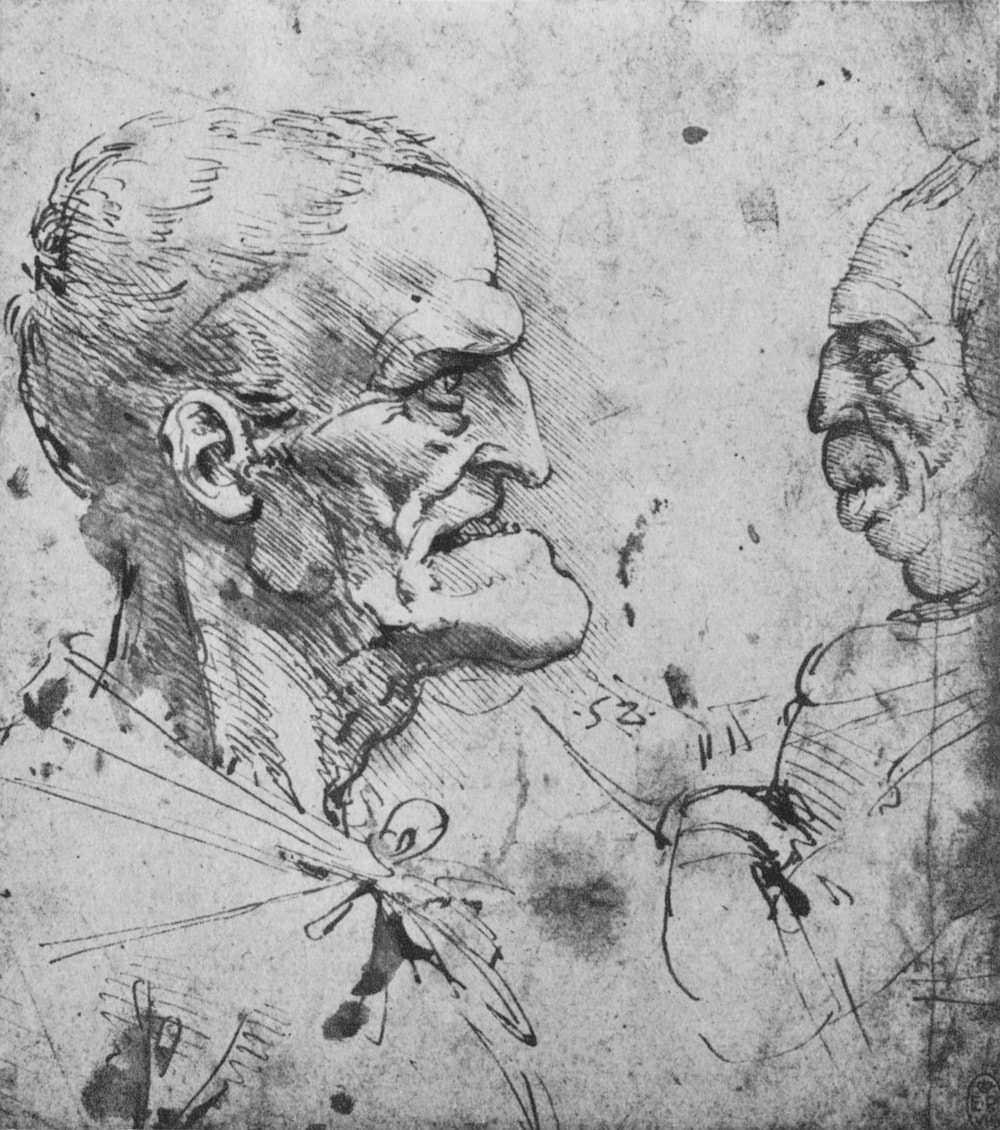
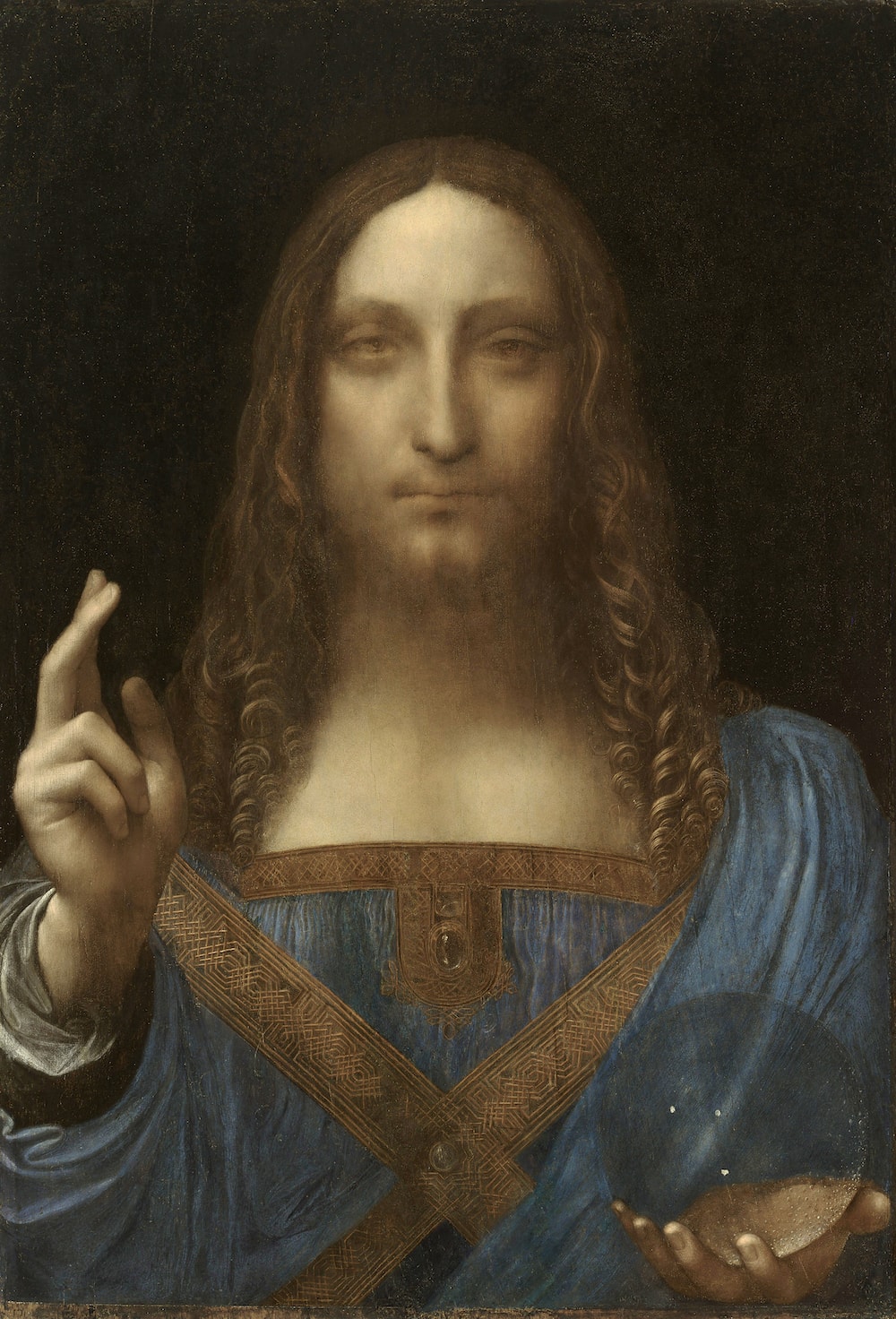
Walter Isaacson is the author of Elon Musk, and a professor of History at Tulane University in New Orleans, Louisiana.
IRA FLATOW: This is Science Friday. I’m Ira Flatow. If you’ve seen the Mona Lisa, you know it holds your attention longer than most portraits. The slight smile and the sideways glance is subtly captivating and according to my next guest, gives a glimpse into her thoughts.
He says it’s no accident. Leonardo da Vinci engineered it that way. He carefully studied how the muscles of the face work to be able to translate emotions into paint. Da Vinci also studied engineering and anatomy to unite art and science. He created stage sets, anatomical drawings. Nothing escaped his eye.
My next guest has profiled innovators like Steve Jobs and Albert Einstein. His latest book examines the life of Leonardo da Vinci. Walter Isaacson is the author of Leonardo da Vinci. He’s university professor of history at Tulane and CEO of the Aspen Institute. Walter, always happy to have you back on Science Friday.
WALTER ISAACSON: I love your show, Ira. That was a great segment on LIGO. And it’s always a pleasure to be back. Thanks.
IRA FLATOW: Well, thank you, Walter. We have an excerpt of your book on our website, along with all the images we’re going to talk about. So if you want to see what we’re talking about during our conversation, go to sciencefriday.com/leonardo.
It appears– I mean, this book– I don’t know where to begin. There’s so much packed into this book. It’s like a course in art and science and engineering all at once, but it’s a page-turner at the same time. So I’m just going to start.
WALTER ISAACSON: Thank you.
IRA FLATOW: You’re welcome. Nothing escaped da Vinci’s eyes, it seems, but there have been keen observers through history– Charles Darwin, Einstein. You’ve written a lot about such people. But, what makes special– da Vinci’s skills of observation? What sets da Vinci apart from all of these others?
WALTER ISAACSON: Well, first of all, it’s what you said, which is that he connects all of the disciplines. We sometimes get ourselves a bit siloed. But Leonardo was curious to know everything there was to know about everything you could know about creation, including how we fit into it.
And he made lists of questions every week from, why is the sky blue? To ask a friend of his about how to do a measurement of the sun, to things like, describe the tongue of a woodpecker. Something he’d want to know only out of pure curiosity. So a wide-ranging curiosity and an ability to connect the beauties of art and music to the beauties of nature.
Just like Einstein, when you were just talking about him– when he was having trouble with those field equations for general relativity, he’d pull out his violin and play Mozart to connect him to the harmonies of the spheres. And Leonardo da Vinci, to me, is the ultimate example of somebody who sees beauty across both art and engineering.
IRA FLATOW: It’s interesting that you say that. Because Mario Livio, a physicist, wrote a book called Why? What Makes Us Curious? And he talks about da Vinci and his curiosity and compares him to Richard Feynman, who was also famous for wanting to know how everything works.
WALTER ISAACSON: Well, the thing about Leonardo is that he was lucky to be born out of wedlock. Because had he been a legitimate first son, he would have had to have been a notary, like his father and grandfather and great-grandfather.
And he would have been a horrible notary, because he was always getting distracted and being curious about new things. And he also had to be self-taught. He couldn’t go to one of the classical schools, filling up the Renaissance kids with scholastic medieval wisdom. And he became a disciple of experience– he kept calling himself.
And that meant he was curious. He was always poking and prodding at things. And we can kind of learn from that. We’ll never quite be like Einstein and understanding the curvature of space-time. But we can be like Leonardo, and understand the curving of a leaf, and why the sun sparkles on it, and how it casts a shadow off of a curved object.
IRA FLATOW: Yeah. If you were to ask him, are you a scientist? Are you an artist? He would see no difference between the two.
WALTER ISAACSON: That’s the exact right answer. He did not make a huge distinction. When he reached that unnerving milestone of turning 30, he writes a job application to the Duke of Milan. And he lists all the things he can do in 11 paragraphs.
In the first 10 paragraphs– this sort of engineering and design, like I can design public buildings. I can divert the course of waters. I can make weapons of war. It’s only in the 10th paragraph– the 11th paragraph where he says, I can also paint.
But if you look at, say, Vitruvian Man, the guy– a spread eagle in this circle in the square, which is a self-portrait of Leonardo, figuring out, how do I fit in? How do I match the proportions of a church and of the universe? You can see that as an icon, both of the connect of science and of art and as you say, the fact that there isn’t much of a distinction between the two.
IRA FLATOW: Tell us a bit about the backstory on this image. What was he trying to depict there?
WALTER ISAACSON: Well, he was doing many things. First of all, his whole life– he wrestles with that wonderful mathematical puzzle of squaring the circle. How do you make a square the exact same area as a circle, using only a ruler and a protractor? There may be 500 drawings in his notebooks on that sort of thing.
Secondly, he was working on church designs. And Vitruvius, the ancient architectural writer, says a church should be designed like the proportions of a human. Now, we think of Leonardo as some loner, going into a garret. But actually, he went with friends to Pavia. They looked at the church there.
And two or three of his friends all did drawings, trying to show the proportions of a human, proportions of a church. Leonardo is the one who makes maybe 300 or so measurements of humans as students. He measures every part of their anatomy, both standing and moving. And it’s exactly scientifically correct.
But even more thrilling is that when he does it, it’s also a work of unnecessary beauty, perfect shading, him standing there naked, feeling naked against the universe and the cosmos. And it’s very spiritual, because it is the circle, and the square, and how that represents the earth, the cosmos, and the proportions of a church.
It was just a wonderful few weeks where he and his friends are doing that study. And out of that collaboration comes this amazing burst of creativity that we all wear on our T-shirts, or on our coffee mugs to sort of represent the confluence of science and art.
IRA FLATOW: You were actually able to see the original Vitruvian Man in person. Well, what–
WALTER ISAACSON: Oh, boy.
IRA FLATOW: –was that like?
WALTER ISAACSON: What a thrill.
IRA FLATOW: What was– yeah. What was it like up close?
WALTER ISAACSON: Now, it’s on the fourth floor of the Academy in Venice, and they keep it in a closet, because it’s not supposed to be exposed to light. But with a lot of phone calls and whatever, I was– said, can you show it to me? And you climb up the four flights of stairs, and they just open a closet.
And they bring it out in a gray folder. And suddenly, there’s a thrill, because I’ve been studying how he does the circle in the square. But you see the precision of those sharp lines. He knows to make the square a little bit lower on top than the circle. And it’s not like he’s sketching this.
This is a sharply incised line. And then the point of his protractor right in the middle, so that the navel is in the middle of the circle and the genitals the center of the square. And you just see that this wasn’t some off-the-cuff sketch, but something where we feel the hand of the master, touching the paper, and making those lines.
IRA FLATOW: Let’s talk a little bit, because we have to. It’s there. The Mona Lisa– his most famous work and, of course, known for that smile and a glance. And tell us a bit about how he engineered that look to convey a certain internal psychology.
WALTER ISAACSON: Well, when I was doing this book– instead of just basing it on his art masterpieces, I wanted to base it on the page after page– 7,000 or more notebook pages he did. And so I’d go through them. And on a bunch of them– about 12 of his anatomy things– he’s dissecting a human face, taking– peeling the flesh off of a cadaver, doing every muscle and nerve that touches the lips.
He discovers many things, including things you and I could discover, like the bottom of the lip is a muscle, but the top lip isn’t. So you can push out your lower lip, but not push out your– things like that, that he’s just so observant– he discovers.
But on the 12th page of these drawings, at the very top, I look. And there’s a faint sketch and just a sketch of a smile. And you see how his studies of anatomy– he’s starting now to sketch in light chalk the Mona Lisa’s smile.
He also dissected the human eye and found that the light that hits the center of the retina sees detail. The cones there see details, whereas on the edges of the retina, the cones are better at seeing shadows. So at the very edge of the lips– after 14 years, he’s still painting that smile on the Mona Lisa.
He makes the details turn downward a tiny bit. But the shadows turn upward, so it’s an elusive smile. If you look directly at the corner of her lips, you see the detail, and she doesn’t look like she’s smiling. But your eye wanders to her chin or her cheekbone.
And suddenly, the smile pops on. So it’s an augmented reality. It’s interactive. And your own reactions seem to be affecting her reactions. So it– her reactions change as you look at her. Is she happy? Well, look again.
What’s the mystery behind those eyes? What is she thinking? Look again. It will look different. And so that’s why the Mona Lisa is not just the most famous painting in the world. It deserves to be the most famous painting and the most beautiful painting in the world.
IRA FLATOW: And he just didn’t sit down one day, as you say, and painted. It took many, many years.
WALTER ISAACSON: No, it was a cloth merchant’s wife in 1503– gets asked to do it. He doesn’t dance to the money of his patrons. In fact, he had deflected. The richest woman in Italy wanted him to paint something, and he didn’t. But he never delivers it to the cloth merchant. It starts in 1503. Then he brings it to four different cities as he’s going around Italy.
Finally, he moves to France to be under the patronage of Francis I and carries the painting with him. It’s there by his deathbed. And he– still, after 14 years, putting the tiniest, tiniest layer of glaze, light paintbrush strokes. Because he knew he could always perfect it. And for him, it was the great universal painting.
IRA FLATOW: Well, you point out in your book how many things he started, but never finished. Did he just lose interest–
WALTER ISAACSON: A bit–
IRA FLATOW: –in them?
WALTER ISAACSON: –of a lapse.
IRA FLATOW: Or did he get distracted? Ooh, because he’s curious about something. Ooh, I see something new. Let me work on that thing.
WALTER ISAACSON: Well, first of all, yes, he got distracted. Secondly, he let the perfect be the enemy of the good. As a young painter in Florence, he’s doing Adoration of the Magi. It’s a swirling collection of kings, presenting gifts and people slapping their forehead.
And Leonardo has just learned how– not only to make– how shadows can be perfected, but how light bouncing off of an object will change the texture of shadows. So it gets very complicated as he does it, and he puts it aside. He can’t make it perfect.
Likewise, he puts aside St. Jerome in the Wilderness. But what happens– he goes back to St. Jerome 20 years later, after dissecting a human neck. And he redoes the neck muscles of St. Jerome. So I think, partly, he gets distracted.
Partly, he wants it to be such a perfectionist, he won’t just deliver a painting when it gets good enough. And thirdly, as with the Mona Lisa, he thought, let me just keep it. I’ll always be able to improve it, as he did with the St. Jerome.
IRA FLATOW: Where did he get his energy from working on so many things?
WALTER ISAACSON: Well, it came from curiosity. Here was a guy totally driven by curiosity. And the delight is we have all these notebook pages. So he’ll make a list of things he’s curious about, and it’s as if he’s driven. Gutenberg had just come up with the printing press. So he’s always writing, go find the translation of Euclid.
That’s at the stationer’s by the bridge. These type of things. And my favorite, as I mentioned earlier, was describe the tongue of the woodpecker. That’s like number 16 on one to-do list. Now, who wakes up one morning and says, I want to know what the tongue of a woodpecker looks like? I mean, how would you even find– would you open the mouth of a woodpecker?
But Leonardo wanted to know, not because it would help him paint a painting, or build a flying machine like he was building. He wanted to know, because he was Leonardo. And he believed in curiosity for its own sake, which showed him the patterns of nature.
IRA FLATOW: I’m Ira Flatow. This is Science Friday from PRI, Public Radio International, talking with Walter Isaacson, author of his new book, Leonardo da Vinci. How would you rank him with all the other scientists that you’ve written about?
WALTER ISAACSON: Let’s take Einstein, who you were talking about earlier in the show. Einstein was almost touched by lightning, as you would say, meaning he had a processing power that involved the ability to use equations to describe the curvature of space and time in ways that an ordinary mortal cannot really aspire to. Leonardo, if you go through his notebook, made arithmetic mistakes.
He left things unfinished. He wasn’t particularly great at making theoretical concepts. He was just very good at experiment and sort of understanding nature by seeing patterns across things, like swirling water, and the pumping of the heart valve, and the river Jordan going by the ankles of Jesus, all these things that sort of form certain swirling patterns for him.
He could do that. So his genius was a little bit more self-made. It came from pushing himself to be very observant. He’d write in his notebook, go down to the moat by the castle, and look at four-winged dragonflies to see if their wings flap in unison or move alternately.
These are things we could all do if we would pause a few times a day, maybe even a few times an hour and say, let me look a little bit more closely at that. And by doing so, we would see how things cross different disciplines in nature and form certain beautiful patterns. And we don’t have to aspire to be Einstein, but we can all aspire to be more like Leonardo.
IRA FLATOW: Yeah. And he was not boxed in by what people wanted him to do. And he combined the beauty of art and science. Walter Isaacson’s latest book is Leonardo da Vinci. He’s also CEO of the Aspen Institute in Washington.
You can read an excerpt at our website at sciencefriday.com/leonardo. I’ve read all of Walter’s books. And this one is a masterpiece and a lesson. And you must have taught yourself art, just writing this book, Walter. Thank you very much for taking time to be with us today.
WALTER ISAACSON: Thank you.
Copyright © 2017 Science Friday Initiative. All rights reserved. Science Friday transcripts are produced on a tight deadline by 3Play Media. Fidelity to the original aired/published audio or video file might vary, and text might be updated or amended in the future. For the authoritative record of Science Friday’s programming, please visit the original aired/published recording. For terms of use and more information, visit our policies pages at http://www.sciencefriday.com/about/policies/
Alexa Lim was a senior producer for Science Friday. Her favorite stories involve space, sound, and strange animal discoveries.